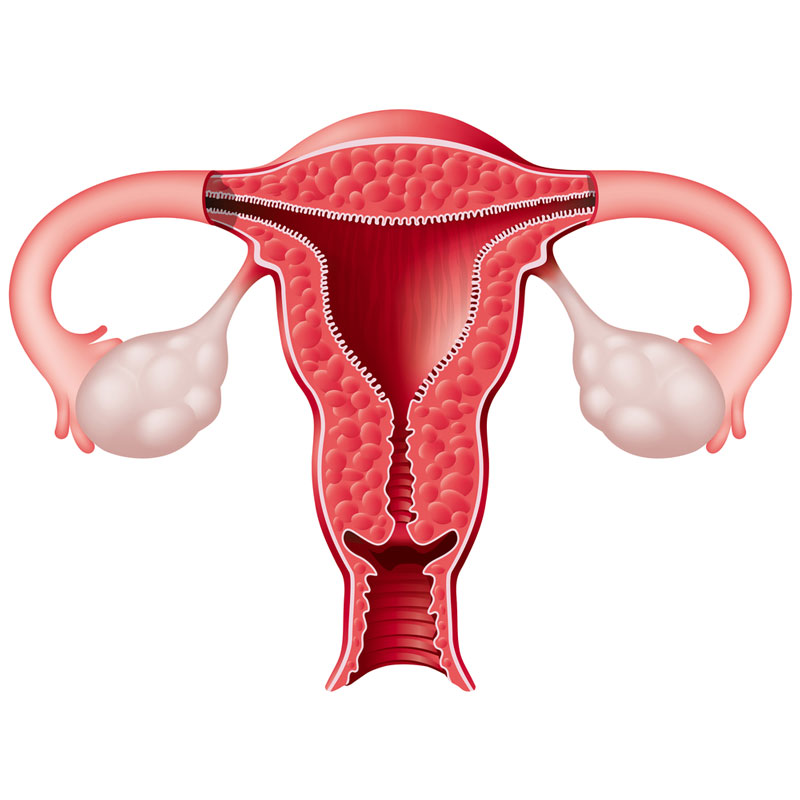 Heavy Periods (menorrhagia)
Heavy Periods (menorrhagia)
Many women are troubled by heavy periods, and some by bleeding between periods. In young women these symptoms are not always investigated but tend to be treated symptomatically, for example by taking the oral contraceptive pill. In some cases bleeding will be due to an underlying problem, and an ultrasound scan may be performed to exclude or diagnose some of these conditions. Probably the most common disorder leading to bleeding problems is uterine fibroids, but other problems include polyps inside the cavity of the uterus and abnormalities of the lining of the uterus itself (endometrium).
Fibroids within the cavity of the uterus and polyps can be demonstrated using ultrasonography. In selected cases the patient can be offered keyhole (hysteroscopic) surgery to remove them. If the lining of the womb (endometrium) looks thin on ultrasonography it is unlikely that there is any disease present. However when a scan shows that the lining is thickened further investigation may be needed. This will usually mean that a small biopsy from the lining of the uterus will be considered. This can usually be performed in the clinic.
Treatment
The treatment of heavy periods varies. For many, reassurance that there is no serious underlying problem is enough. For others simple tablet treatment will be all that is needed (tranexamic acid or the combined oral contraceptive pill).
More recently a type of coil called the Mirena IUS has been shown to be very effective at making periods lighter. If a polyp or fibroid has been shown in the cavity of the uterus then keyhole surgery to remove them may solve the problem.
For larger fibroids in the wall of the uterus conventional “open” surgery or keyhole surgery may be appropriate depending on their size and position. For some fibroids a technique called embolisation may be suitable. This technique avoids surgery and is based on a technique that blocks some of the blood supply to the uterus leading to shrinkage of any fibroids present. It must be remembered that for most women with bleeding problems there is no serious underlying problem.
For some the problem is due to a change in the function of the ovaries. With increasing age the ovaries may become less efficient and ovulation may not occur with every menstrual cycle. An ultrasound scan at this time may demonstrate a “physiological” cyst on the ovary and and an endometrium (womb lining) that is not synchronous with the stage of the cycle. This is a physiological problem that can be managed symptomatically.
Bleeding between periods
There are several reasons why periods may stop or become irregular. Some can be clarified on the basis of blood tests to measure the levels of circulating hormones. One condition called polycystic ovaries can be demonstrated using vaginal ultrasonography. This is probably one of the most common causes of irregular and absent periods.
Polycystic ovaries is an unfortunate term as it implies the ovary contains cysts – which it does not. The ovaries contain several follicles and the condition represents a disorder of ovarian physiology and in some cases metabolism
